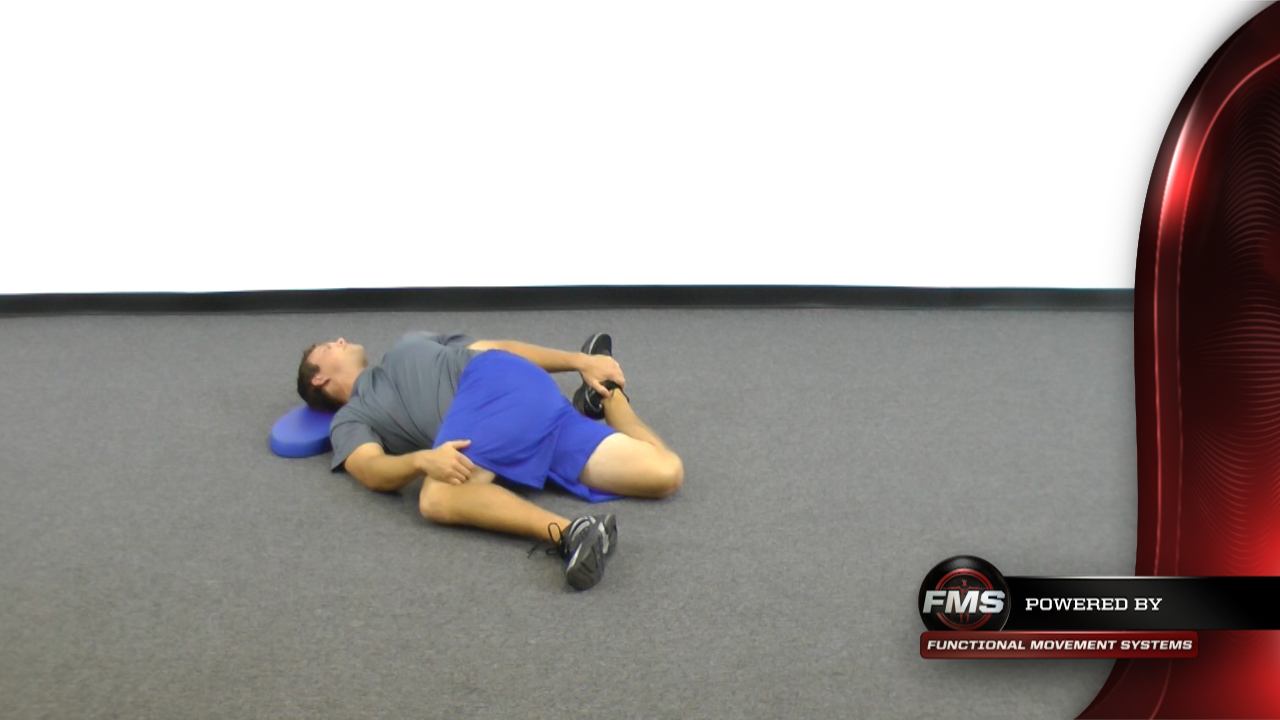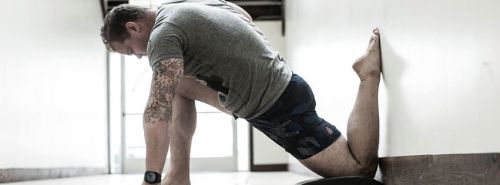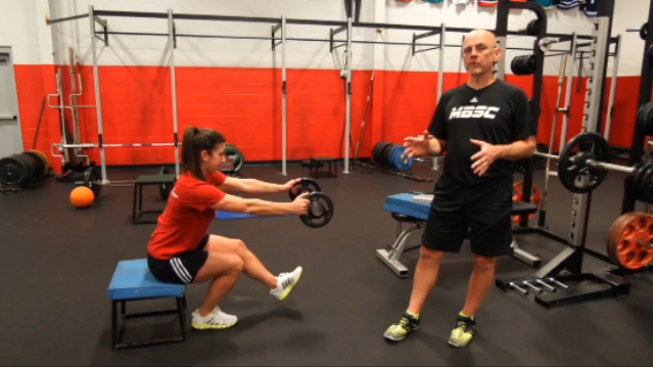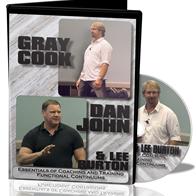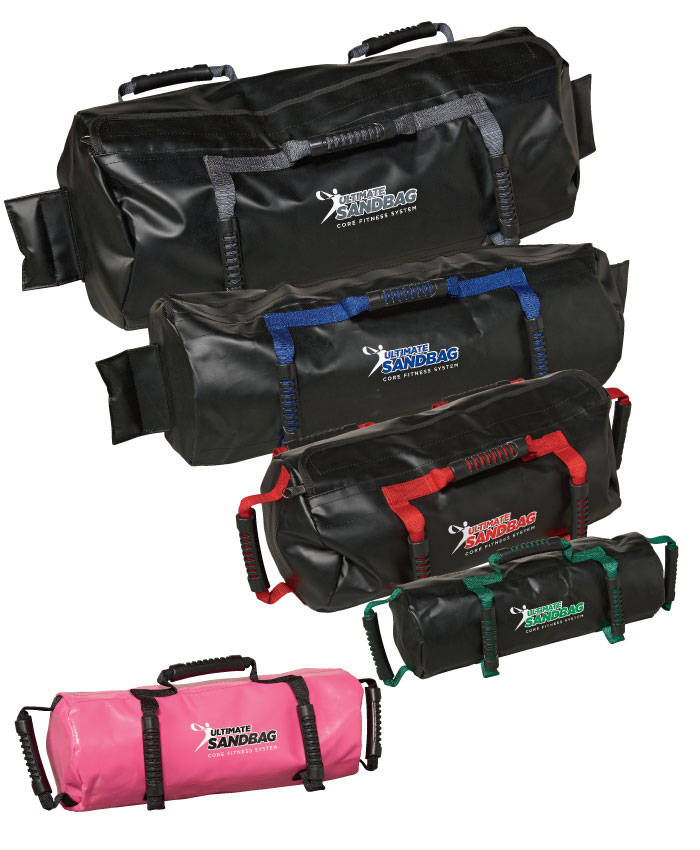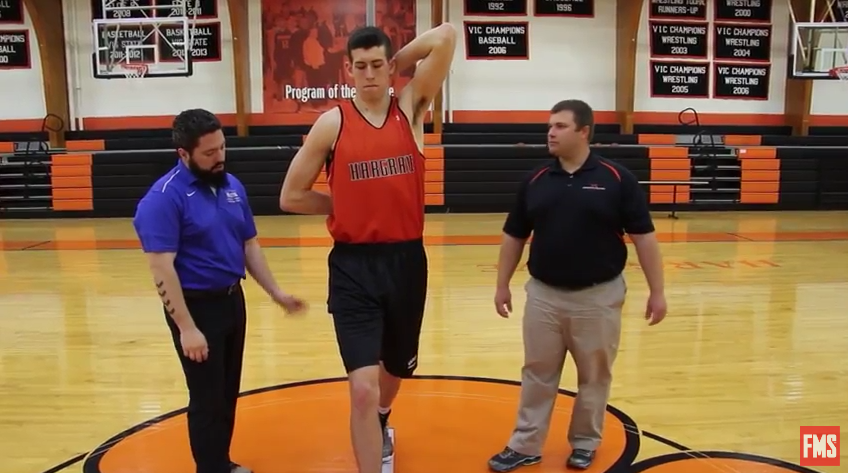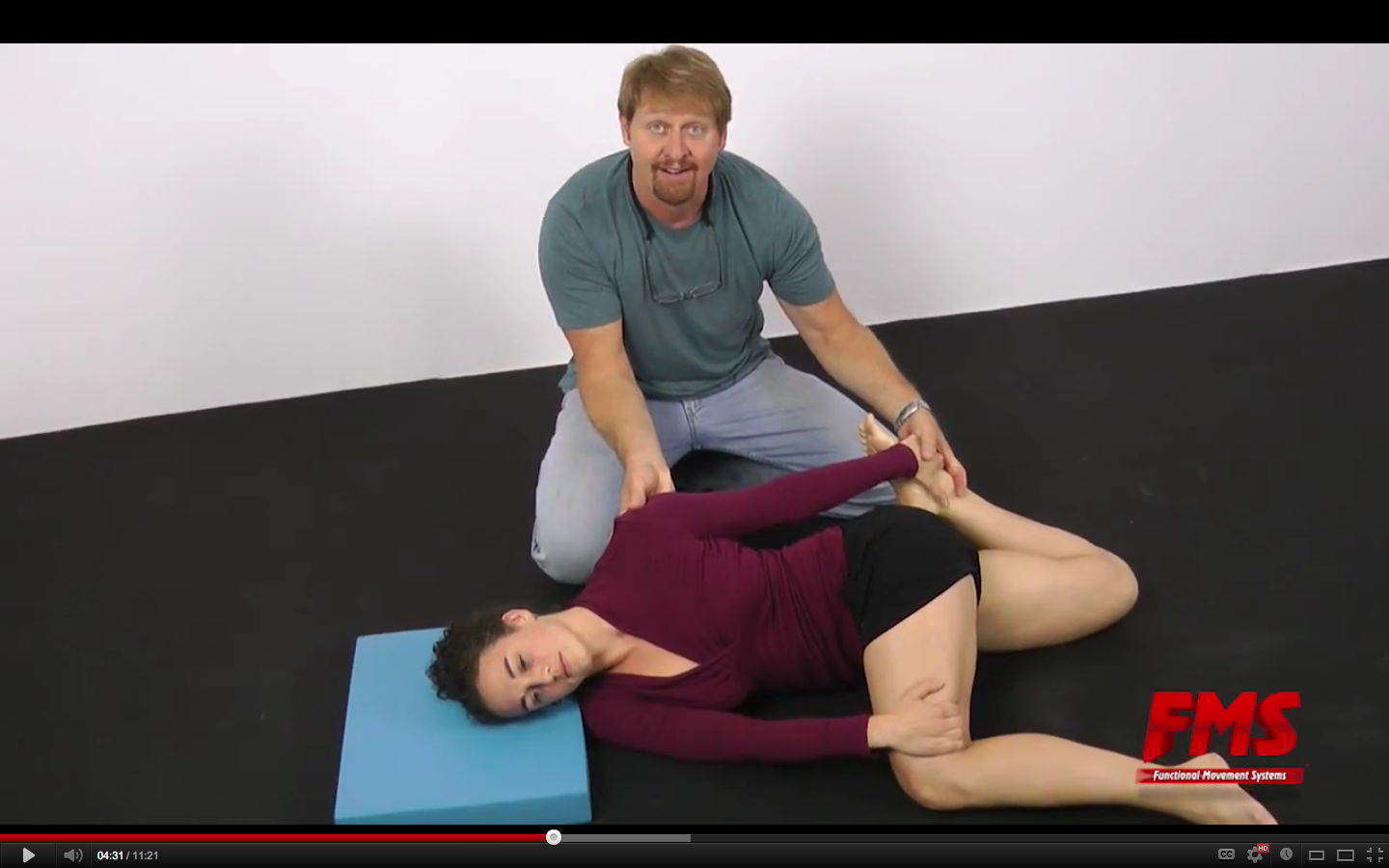FMS Unplugged: Split Squat - Episode 8
Written by FMS Video
Want to work the overhead split squat safely into your exercise toolbox?
Gray Cook of FunctionalMovement.com shows you how and why you might by splitting the symmetrical deep squat pattern to compare the left and right sides.
Using the Overhead Split Squat as a Feedback Loop
After you’ve watched the video for setup and tips, perform a split squat with a low-slung weight (two kettlebells, two dumbbells or a sandbag that spans the distance between your two arms in the low position.) If you’ll set up a camera to your side, you’ll have a really good, clear angle to look at your quality.
We want to do is seek a weight that will allow you between five repetitions and 20 repetitions. Under five would be appreciably too heavy. Over 20, and we’re getting into endurance. You’re going to have to estimate here, so pick a weight that you know you can carry good form beyond five repetitions.
Set up the camera or get somebody to video this and perform a rep-out, meaning go as long as you can with quality. Stop counting repetitions when quality diminishes. All of those other repetitions aren’t worth hitting save on a document. If you are asymmetrical, perform the Brettzel or the Brettzel 2.0 stretch to explore any mobility issues.
FMS Unplugged - Episode 1: Cook - ing the Brettzel
Now, these two stretches won’t address the ankle—and that’s a big component of the overhead squat and even the split squat, in some cases. If you know you’ve got an ankle problem, then deal with that.
You may find in one of these stretches to one side that you have difficulty breathing or severe limitations in range of motion. Break out your foam roll, do some static stretching and keep pursuing the Brettzel focusing on breathing in the new ranges.
The best way to lock in a new movement pattern is to demonstrate that you’re not in a panicked breathing state when exploring new range of motion. Most people push too hard in the Brettzel stretches. Back off a few inches, cycle a breath and then pick back up.
If doing the Brettzel immediately resolves your asymmetry, then I would basically train some low split squats to lock in that pattern. If you still have an appreciable asymmetry in your rep-out after the mobility work, then I would recommend a 3:1 or 4:1 ratio on the weaker side to close that gap.
So, there are two scenarios here. If you have an asymmetry, explore the mobility in the Brettzel and see if that cleans it up spontaneously. You may not even have to train the pattern. Just consider the limited range of motion on one side as that which was compromising your motor control. Once you resolve any asymmetry in the low-slung or low-weight split squat, let’s take it overhead.
Now, the arm that’s above the head is opposite the leading leg. You don’t need a lot of weight overhead. Make sure you can lock it out, that your wrist position is packed in neutral, that your elbow is fully extended and that your shoulder can go completely above the head. Obviously, if you can’t even get a good overhead carry position, this is not an option at this time for you.
The weight doesn’t have to be a lot, for two reasons. You have a higher center of mass with an overhead load, and only being in one arm it’s an off-center load. The leg on which you’re carrying the most weight is up front and on the side opposite of where you’ve got the weight overhead. We’ve got a really good sort of cross connection going here and, yes, you’re using your core.
Do the exact same thing and follow the 3:1 or 4:1 ratio if you have a side that has a problem. The Brettzel stretch is also a way we can try to close that gap. If you do the Brettzel stretch and immediately resolve the asymmetry, there was an underlying mobility problem. If you do the Brettzel stretch and don’t have an appreciable mobility problem, then you’re going to need to do some training on that side.
That is how the FMS hierarchy works but don’t simply use the split squat as a way to correct your overhead squat. At FMS, we have an entire algorithm that puts the overhead deep squat test at the very end of the training. Of all the movement patterns that we have to work on and clean up, it’s the caboose. It’s the last one because it embodies and embraces all of the other movement patterns.
Don’t sprint toward your overhead deep squat if you can’t clean up your ankle mobility, your shoulder mobility and create some core stability in the push-up position. Look at your lunges. Look at your hurdle step.
If you’ve done all of those things and you’re looking for a way to lock that in and get stronger in a movement that’s as beneficial as the overhead squat, that’s what the overhead split squat will do.
Related Links:
Tim Ferris with Kelly Starrett - "The Good, The Bad, and The Ugly of CrossFit"
Elite Performance with Mike Boyle: How to Fix Your Single-Leg Squat
Gray Cook, Dan John and Lee Burton – The Essentials of Coaching and Training Functional Continuums
Perform Better - The Ultimate Sandbag

